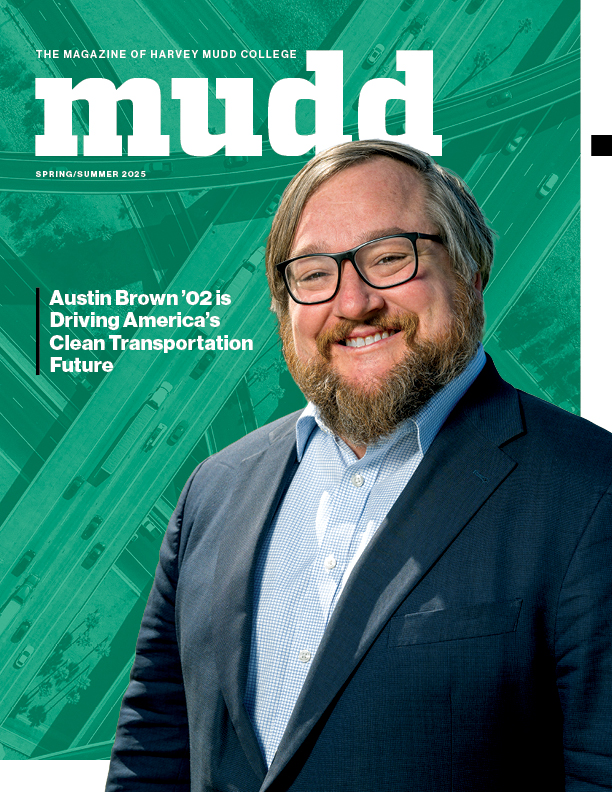Malaria Researchers Publish Model Results
March 15, 2016
Malaria is a mosquito-borne illness that afflicts millions and kills hundreds of thousands annually, many of them children. As global efforts to control the disease continue, the World Health Organization has called for improved predictive models to guide intervention strategies in areas where transmission dynamics are changing as malaria outbreaks are reduced or eliminated.
To address this need, Harvey Mudd Associate Professor of Mathematics Susan Martonosi, along with students Abhishek Goenka ’16 and Cesar Orellana ’17 and UC Boulder PhD candidate Harry J. Dudley ’09, have developed a mathematical model for allocating malaria interventions across geographic regions and time, subject to budget constraints, with the aim of minimizing the total number of person-days of malaria infection. This metric is assumed to be correlated with societal costs of work and productivity lost to malaria. The results have been published in Malaria Journal.
Their model considers a range of conditions—climate, treatment efficacy, cost and treatment coverage among them—coupling a disease dynamics model for estimating person-days of malaria sickness with an optimization model for allocating interventions. The model produces regional intervention plans that identify which combination of interventions, with which level of coverage, to use in each region, during each year of a five-year planning horizon.
“There are a variety of interventions for treating or preventing malaria infection, but the use of these interventions is hindered by scarcity of resources,” says Martonosi. “Mathematical models provide a useful tool for evaluating intervention strategies and studying the relative effectiveness of interventions. These evaluations will become increasingly useful as success with malaria elimination is predicted to change transmission dynamics.”
The model provides a qualitative decision-making tool to weigh alternatives and guide malaria eradication efforts, says Martonosi.
“A one-size-fits-all campaign is not cost effective,” she says. To this end, the model considers geographic variations and changes in malaria transmission over time when determining intervention strategies.
“The model provides qualitative insights about trends in the optimal interventions as certain parameters vary,” says Martonosi. “These insights can then be used to offer high-level policy recommendations.”
